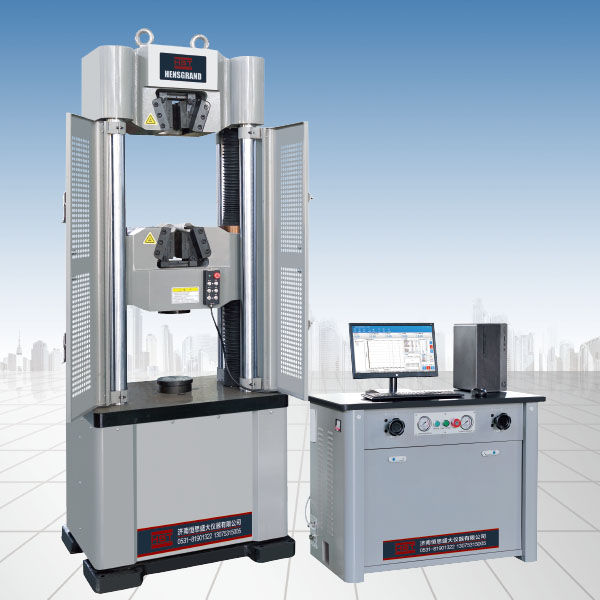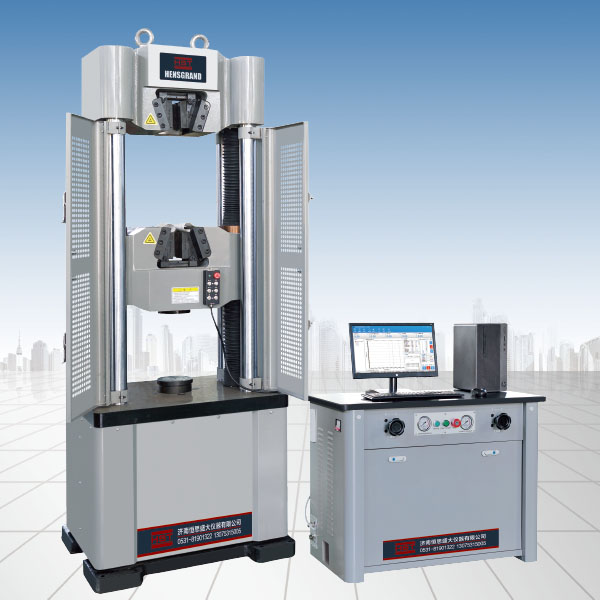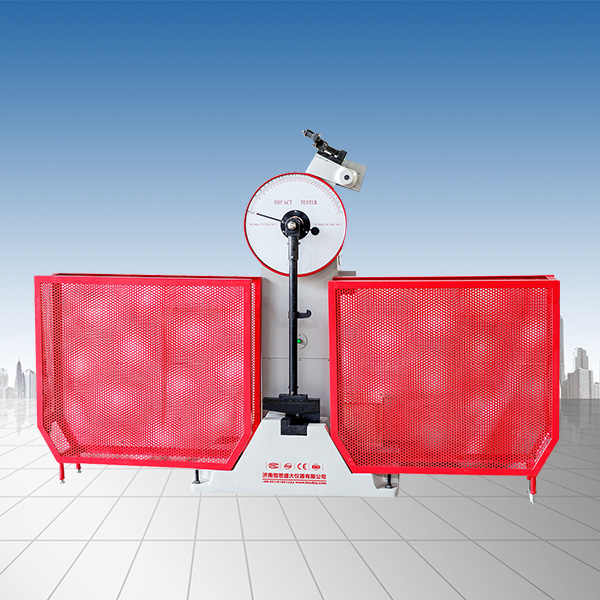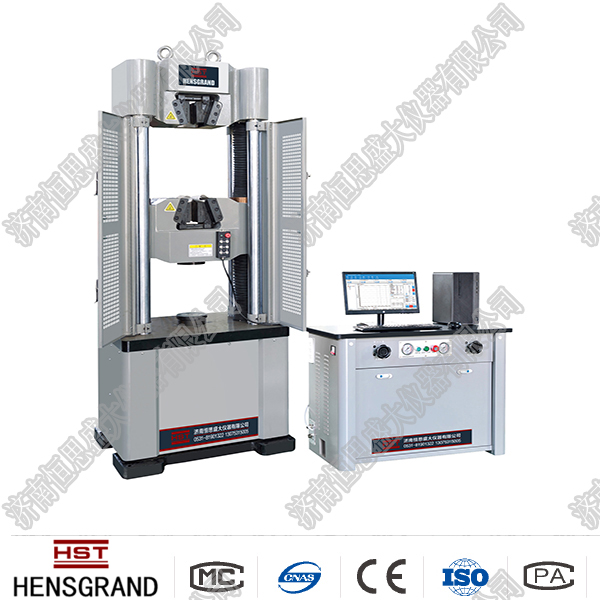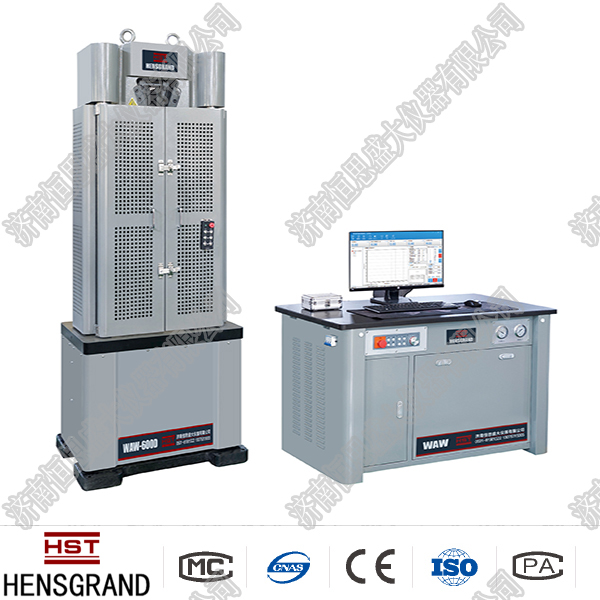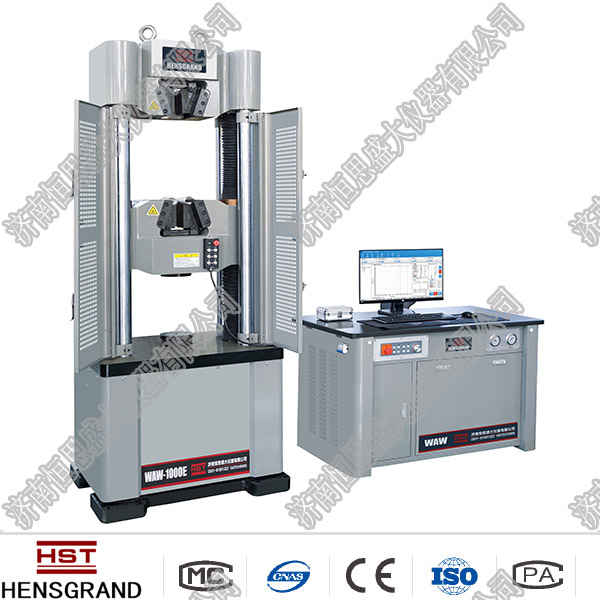Company News
How to adjust the error of the test machine's display value
Release time:2018-11-23 source:Jinan Hengsi Shanda Instrument Co., Ltd. Browse:
The hydraulic universal material testing machine is an instrument that is often encountered in mechanical measurement verification. The JJG139-1999 calibration regulations require that its allowable error of display value usually does not exceed ±1%. When the measurement department conducts measurement verification, its display error is mainly reflected in the following ways:
1. The positive deviation of the display value exceeds the difference.
2. The negative deviation of the indicator value exceeds the difference.
3. The display error shows "positive front and negative afterwards" or "negative front and positive afterwards" on the dial and some points exceed the difference.
In view of the above situation, the author believes that the following adjustments should be made:
In this case: After confirming that the installation level of the instrument meets the requirements of the regulations, first check whether the friction in the working part is too large. If yes, the guide wheel clearance should be adjusted to eliminate friction. If necessary, clean the working oil cylinder. If there is still a positive difference after eliminating the influence of friction, the tightening screws of the swing rod in the force measuring part (reading mechanism) and the push plate connecting the sleeve should be loosened, and the push plate should be adjusted to the inside. After tightening the tightening screws, the small disc is checked step by step, and repeated several times until the calibration is qualified. If the small disc is qualified and the large and medium discs are still exceeding the difference, the weight of B and C thallium should be appropriately increased until the calibration is qualified.
The second situation: First, check whether the force-testing piston is installed correctly and whether the friction is too large. After eliminating this reason, adjust the push plate to the outside and adjust the small dial to be qualified. If the large and medium dials are still out of the wrong way, the weight of B and C thallium should be appropriately reduced until the calibration is passed.
The third situation: At this time, the angle of the contact surface between the push plate and the tooth rod head should be changed. The contact surface is usually fixed to the surface of the push plate with a flat steel sheet through two upper and lower screws. The adjustment method is to loosen the two screws, pad the upper or lower side of the steel sheet and the push plate with copper or other light metal sheets (only padded on one side), so as to change the angle, and repeatedly check and adjust until it is qualified.
- Previous article:Summary of various test standards
- Next article:Overview of test machine fixture
Recommended productsPRODUCTS


















